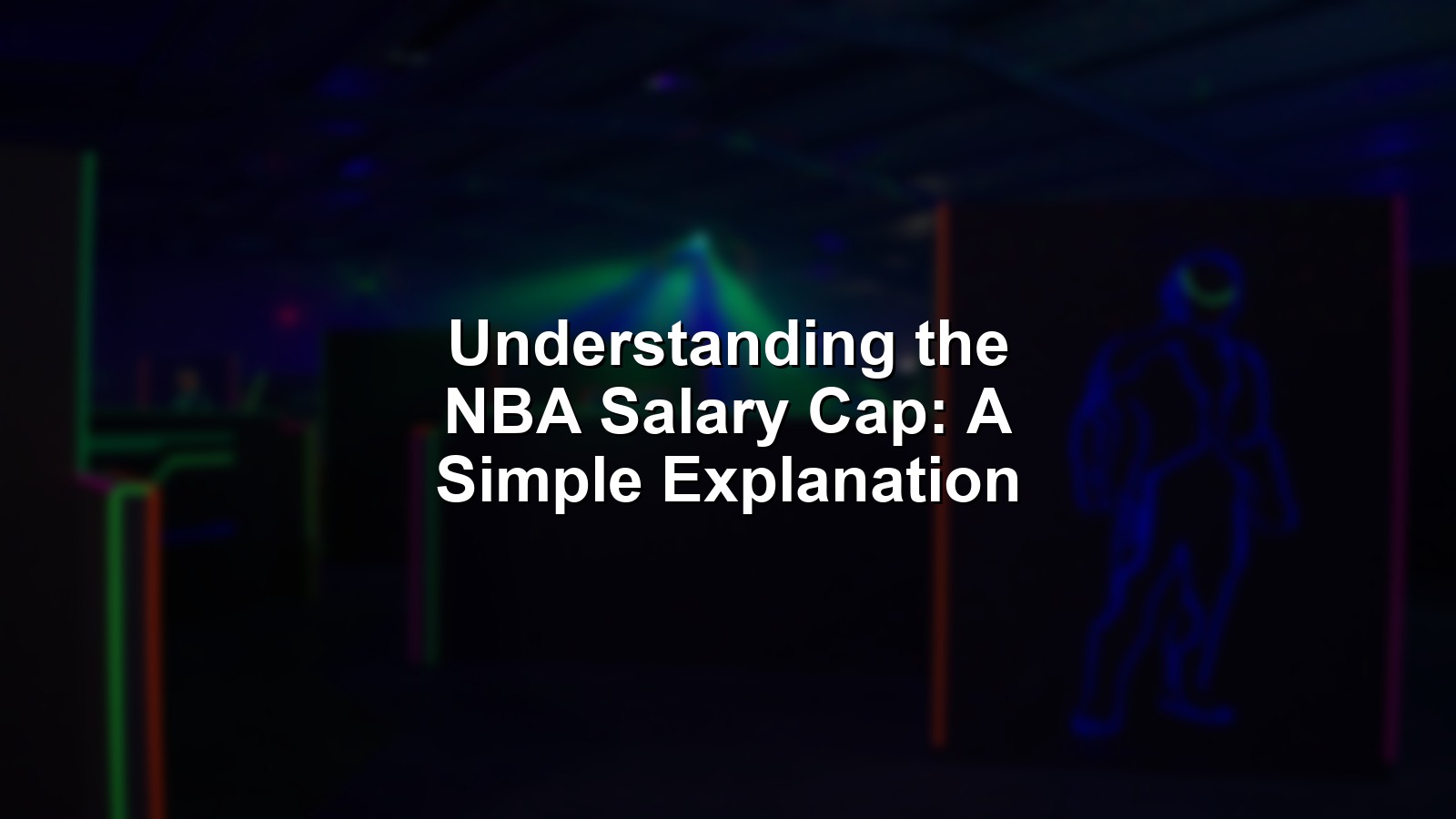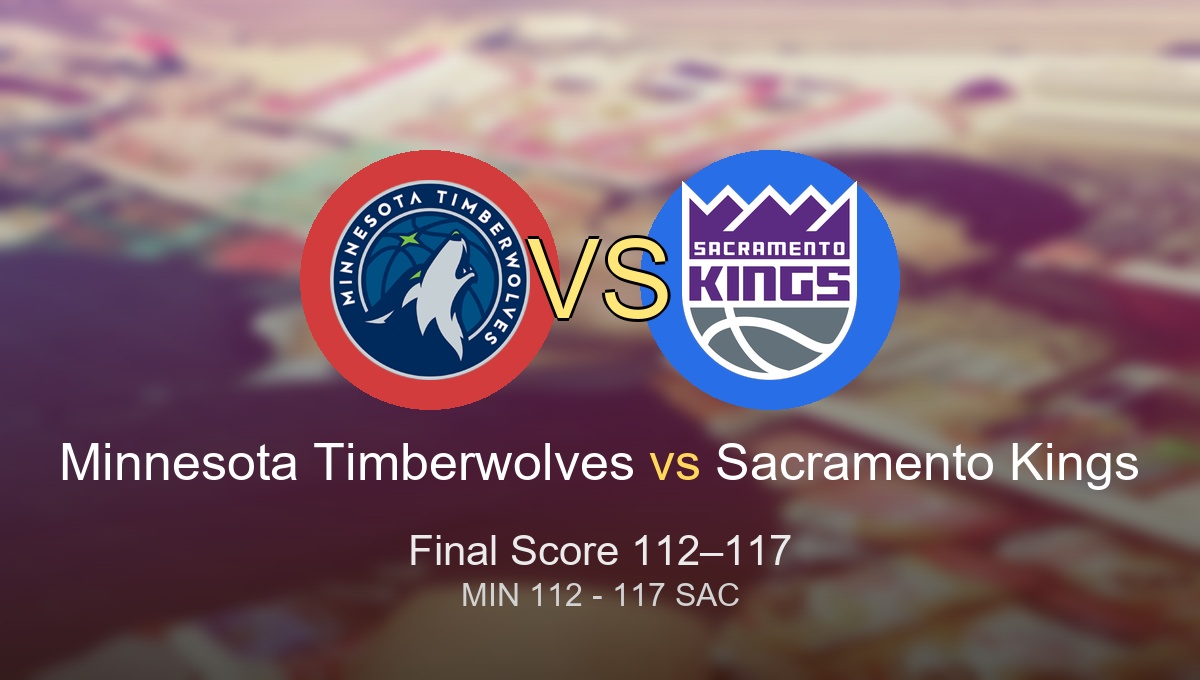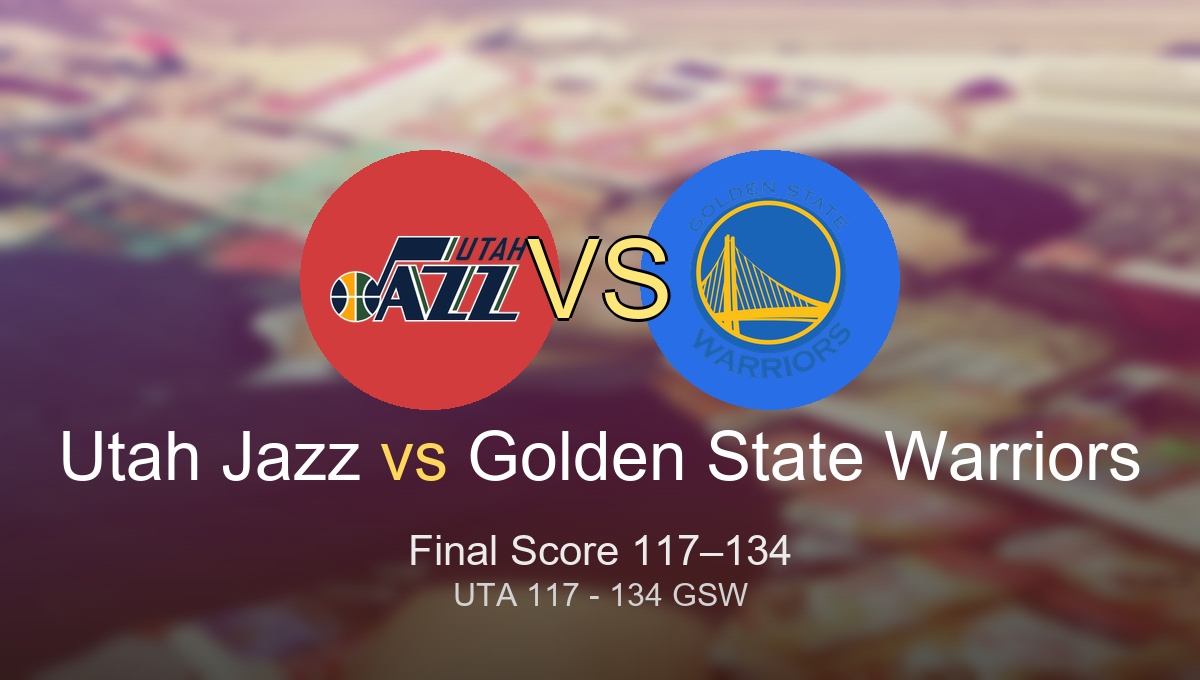
Every summer, as NBA free agency opens, fans hear about cap space, max contracts, and superteam dreams. But what actually governs these moves? The answer is the salary cap—a rulebook as vital to dynasties as any superstar, yet as confusing as a front-office spreadsheet. For anyone chasing rings or simply trying to decipher a Woj bomb on X, a clear explanation of NBA salary cap mechanics is key.
The NBA’s salary cap is more than just a number—it’s the invisible line that both enables and limits greatness. This system doesn’t just determine who signs where, but also shapes the league’s balance of power, from Miami’s Big Three to deep, homegrown contenders like the Warriors. Whether you’re arguing legacies or fantasy trades, the cap’s role is always at the center.
Let’s break down how the NBA salary cap works, the ten turning points that made it what it is, and what it all means for basketball’s past, present, and future.
Context: Why This Matters
Consider the tension at any barbershop or on NBA Twitter: Is team-building about collecting the most talent, or spending wisely to build chemistry and depth? Rings, longevity, or pure star power?
Behind every modern dynasty—whether it’s LeBron forming a superteam, the Warriors paying big for their core, or the plucky Nuggets adding the final piece—salary cap strategy is the hidden battleground. The NBA’s cap isn’t just a number—it’s a philosophy, an arms race, and often the difference between one more banner or starting a rebuild.
Fans debate “cap hits” and “exceptions” almost as much as they argue MVP races. That’s because the cap, with its complex rules, shapes every contender’s fate. Understanding it means seeing the whole chessboard—not just the players on the floor.
Methodology
To create this definitive list of moments and rules that shaped today’s salary cap, here’s the process:
- Focused on iconic league decisions, collective bargaining agreements, infamous contracts, and front-office maneuvers that changed NBA history.
- Ranked moments by their long-term impact (40%), how they changed championship paths or dynastic possibilities (30%), and the influence on player earnings and mobility (30%).
- Used NBA official documents and stats, Basketball-Reference, and consensus from league historians and respected media.
- Weighted not just the written rules, but the “stories” and real decisions that made the cap consequential.
- Supplementary sources: NBA.com Salary Cap FAQ, Hall of Fame Collective Bargaining Timeline.
The Turning Points That Changed the NBA Salary Cap
1. The 1984 NBA Salary Cap Experiment Begins
A humid April night in 1984: Magic and Kareem are carrying the Lakers, but at league headquarters, something bigger is brewing. The NBA adopts its very first salary cap—a move that would transform competition forever.
Before this, teams could spend without real limits. The new cap aimed to bring parity and stop big-market teams from buying perpetual greatness. Some GMs grumbled, but the ripple was clear: suddenly, every contract counted, and underdogs had a shot.
The debut salary cap was just $3.6 million per team. It set the stage for decades of negotiation, loopholes, and balancing acts. Without it, the league might have become a two-team show.
“As GM, you couldn’t just throw money at problems anymore. You had to plan,” one exec remembers.
Key facts:
– Introduced for 1984–85 season
– Cap: $3.6 million per team
– Driven by issues of parity and league survival
Authoritative sources: nba.com, basketball-reference.com
🧵 On X
https://x.com/search?q=NBA%201984%20salary%20cap&src=typed_query
2. Bird Rights and the Magic of Keeping Stars
1988, Boston Garden. Larry Bird is still the heart of the Celtics, but owners worry—how can franchises keep legends without breaking the cap? Enter “Bird Rights.”
Named for Larry Legend, these rules allowed teams to re-sign their own players, even if it pushed them over the cap. Suddenly, a dynasty could keep its stars and stay competitive, making loyalty—and long-term planning—possible.
Bird Rights became the backbone of modern NBA team-building. It allowed teams to grow their own talent without fear of losing contracts in free agency bidding wars. Without it, the idea of a homegrown dynasty wouldn’t exist.
“Keeping your core together, that’s what it’s all about,” a former Celtics exec says.
Key facts:
– First used in late 1980s
– Allows teams to exceed cap to re-sign their own free agents
– Foundation of modern superteam formation
Authoritative sources: nba.com, basketball-reference.com
🧵 On X
https://x.com/search?q=NBA%20Bird%20Rights&src=typed_query
3. The Shaq-to-LA Summer and Max Contracts
Summer of 1996. Shaquille O’Neal, the NBA’s most unstoppable force, shocks the league by leaving Orlando for the Lakers—lured by the biggest contract markets have seen. In response, the league puts a lid on individual deals: the “maximum contract.”
The Shaq contract—a record-breaking $120 million—forced the NBA to react. The result? A max limit that capped superstar earnings, but also kept more money for depth. Suddenly, building a Big Three would take more creativity.
The max contract remains controversial—too little for the top 1%, but a safeguard against “superteam” excesses that could shut out small-market teams.
“Every star wants his, but we also want to win,” a player agent once noted.
Key facts:
– Max contracts set in 1999 CBA
– Limits on individual player earnings
– Changed superstar movement and parity
Authoritative sources: nba.com, espn.com
🧵 On X
https://x.com/search?q=Shaq%20NBA%20max%20contract&src=typed_query
4. The Allen Houston Rule: The NBA’s Amnesty Clause
- Knicks fans remember it like a punchline. New York pays Allen Houston $100M, and injuries end his prime early. His contract keeps clogging the books—until the NBA introduces “amnesty,” letting teams cut one contract without cap penalty.
Known as the “Allan Houston Rule,” this clause allowed mistakes to be erased—at least financially. It changed the calculus for risk-taking GMs and underscored the need for discipline.
Some say it rewarded poor management; others call it an “escape hatch” for the modern era.
“Sometimes, even smart bets backfire,” one Knicks fan sighs.
Key facts:
– Introduced in 2005 CBA
– Each team could waive one player for cap relief
– Used by many teams to regain flexibility
Authoritative sources: nba.com, basketball-reference.com
🧵 On X
https://x.com/search?q=NBA%20amnesty%20clause&src=typed_query
5. The Luxury Tax Line: Not Quite a Hard Cap
2001 NBA Finals. Shaq dominates, but behind the scenes, the Lakers’ payroll is creaking. Enter the luxury tax—a second “line” above the regular cap, with stiff penalties for lavish spending.
Unlike the NFL’s hard cap, the NBA’s luxury tax lets rich teams overspend, but at a price. It’s a soft ceiling that punishes the richest—turning even billionaire owners into reluctant spendthrifts.
The luxury tax changes everything: GMs think twice about deep benches, and small markets can catch up if big spenders blink.
“If you cross that line, you’d better be winning titles,” one GM jokes.
Key facts:
– Implemented 2002–03 season
– Fines teams for exceeding a set threshold
– Major driver of roster moves and trades
Authoritative sources: nba.com, espn.com
🧵 On X
https://x.com/search?q=NBA%20luxury%20tax&src=typed_query
6. The Decision, the Superteam, and Cap Exceptions
July 2010. LeBron James announces he’s “taking his talents to South Beach.” Miami’s cap wizardry brings him, Dwyane Wade, and Chris Bosh together, using every exception and loophole.
The “Mid-Level Exception,” “Bi-Annual Exception,” and more become NBA buzzwords, as teams look to sign role players while saving cap space for stars. Superteams are born—not just by cash, but by collective sacrifice and smart accounting.
Suddenly, championship windows narrow and widen with every creative cap move. The Miami Heat blueprint inspires a decade of copycats.
“Miami proved it’s not just money—it’s math,” says one capologist.
Key facts:
– Cap exceptions allow signings above cap in special cases
– 2010 Miami Heat: Exhibit A for creative team-building
– Influenced a decade of “Big 3” eras
Authoritative sources: nba.com, basketball-reference.com
🧵 On X
https://x.com/search?q=NBA%20mid-level%20exception%20Miami%20Heat&src=typed_query
7. TV Money Explosion: The 2016 Cap Spike
Fourth of July, 2016. Kevin Durant stuns the world, joining the 73-win Warriors. The reason? A one-year salary cap spike driven by a massive new TV deal. Suddenly, every team has max space—leading to “basketball inflation” and a new superteam arms race.
Normally, cap raises are gradual; in 2016, one summer changed everything. Fans remember Timofey Mozgov and Bismack Biyombo getting massive deals, just because the money was there.
It’s a lesson: the cap isn’t a constant, and sudden jumps can tilt league history in a summer.
“When the money flows, chaos follows,” an agent recalls.
Key facts:
– 2016: Cap jumps from $70M to $94M
– Enabled Warriors to sign Durant
– Led to years of contract inflation
Authoritative sources: nba.com, basketball-reference.com
🧵 On X
https://x.com/search?q=NBA%202016%20cap%20spike&src=typed_query
8. Rookie Scales and the Tim Duncan Era
1997 draft. The Spurs land Tim Duncan, but the league wants to avoid another “$100M rookie” scandal. Enter rookie salary scales: slotted, modest rookie deals that give teams cost-controlled stars.
No more “pay-first, pray-later” contracts for untested players. The scales give small-market teams a puncher’s chance—building with picks instead of just spending with deep pockets.
This system helps San Antonio keep its legendary core and rewrites the lottery script for decades.
“Draft well, build smart. That’s the way,” a Spurs scout says.
Key facts:
– Rookie scale introduced in 1995 CBA
– Slotted contracts for first four years
– Protects teams from bad draft busts
Authoritative sources: nba.com, halloffame.com
🧵 On X
https://x.com/search?q=NBA%20rookie%20scale%20Tim%20Duncan&src=typed_query
9. Sign-and-Trade Maneuvers: Making the Impossible Happen
- Kevin Durant, coming off an Achilles injury, still commands max money. Brooklyn can’t sign him outright, so they orchestrate a sign-and-trade with Golden State—combining cap gymnastics with star power.
Sign-and-trades let teams swap big-name free agents without losing them for nothing—while giving the player a bigger payday or preferred landing spot.
This rule is a win-win for front offices willing to collaborate. Suddenly, even capped-out contenders find ways to shuffle stars.
“Everybody gets something—the team, the player, the fans,” a league analyst says.
Key facts:
– Sign-and-trade rule: since 1999 CBA, retooled over decades
– Facilitates player movement despite cap limitations
– Vital tool for superstars and contenders
Authoritative sources: nba.com, basketball-reference.com
🧵 On X
https://x.com/search?q=NBA%20sign%20and%20trade%20Durant&src=typed_query
10. The New CBA: Second Apron and the Revenge of Parity
2023 NBA Finals. The Nuggets celebrate, but GMs everywhere are sweating a new threat: the “second apron.” As superteams push spending limits, the league responds with harsher rules for exceeding the luxury tax.
The “second apron” adds real teeth—removing exceptions, banning some trades, and making it painful to go too deep into the red. For some, it’s the league’s way of stopping the next superteam. For others, it’s just the latest twist in the arms race.
Now, front offices must be even smarter. Will future stars team up? Or is a new balance of power on the horizon?
“This is a new era—adapt or fall behind,” one GM offers.
Key facts:
– Second apron: introduced in new 2023 CBA
– Heavy restrictions for excessive spenders
– Signals a shift toward greater parity
Authoritative sources: nba.com, espn.com
🧵 On X
https://x.com/search?q=NBA%20second%20apron%20CBA&src=typed_query
Final Thoughts
The explanation of NBA salary cap history is really a story of ambition and adaptation. Each rule, loophole, and exception is a direct response to an era’s biggest dreams—or its biggest mistakes. The salary cap isn’t just a math problem for front offices; it’s the heartbeat of the league, shaping every title race and rebuilding year.
Dynasties have risen and fallen on these invisible boundaries. Homegrown cores like the Warriors owe their existence to Bird Rights and rookie scales, while superteams like Miami and Brooklyn work every angle to defy new aprons and taxes. As we look at the future, today’s young stars and shifting media landscape guarantee that the cap will keep evolving, sometimes overnight.
With new money and global fans, the cap’s next chapter may be even wilder. Will parity win out, or will the smartest (and boldest) GMs create the next unstoppable run? One thing’s certain: every championship chase starts with understanding the cap.



